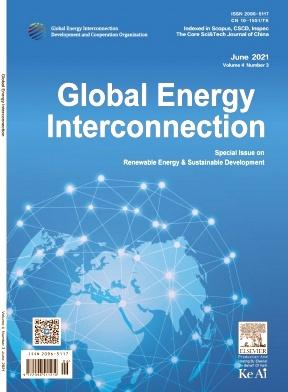With the growing need for renewable energy, wind farms are playing an important role in generating clean power from wind resources. The best wind turbine architecture in a wind farm has a major influence on the energy extraction efficiency. This paper describes a unique strategy for optimizing wind turbine locations on a wind farm that combines the capabilities of particle swarm optimization (PSO) and artificial neural networks (ANNs). The PSO method was used to explore the solution space and develop preliminary turbine layouts, and the ANN model was used to fine- tune the placements based on the predicted energy generation. The proposed hybrid technique seeks to increase energy output while considering site-specific wind patterns and topographical limits. The efficacy and superiority of the hybrid PSO-ANN methodology are proved through comprehensive simulations and comparisons with existing approaches, giving exciting prospects for developing more efficient and sustainable wind farms. The integration of ANNs and PSO in our methodology is of paramount importance because it leverages the complementary strengths of both techniques. Furthermore, this novel methodology harnesses historical data through ANNs to identify optimal turbine positions that align with the wind speed and direction and enhance energy extraction efficiency. A notable increase in power generation is observed across various scenarios. The percentage increase in the power generation ranged from approximately 7.7% to 11.1%. Owing to its versatility and adaptability to site-specific conditions, the hybrid model offers promising prospects for advancing the field of wind farm layout optimization and contributing to a greener and more sustainable energy future.


